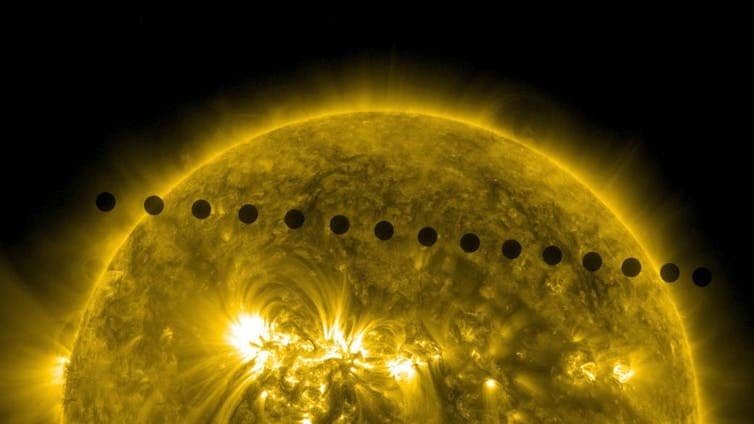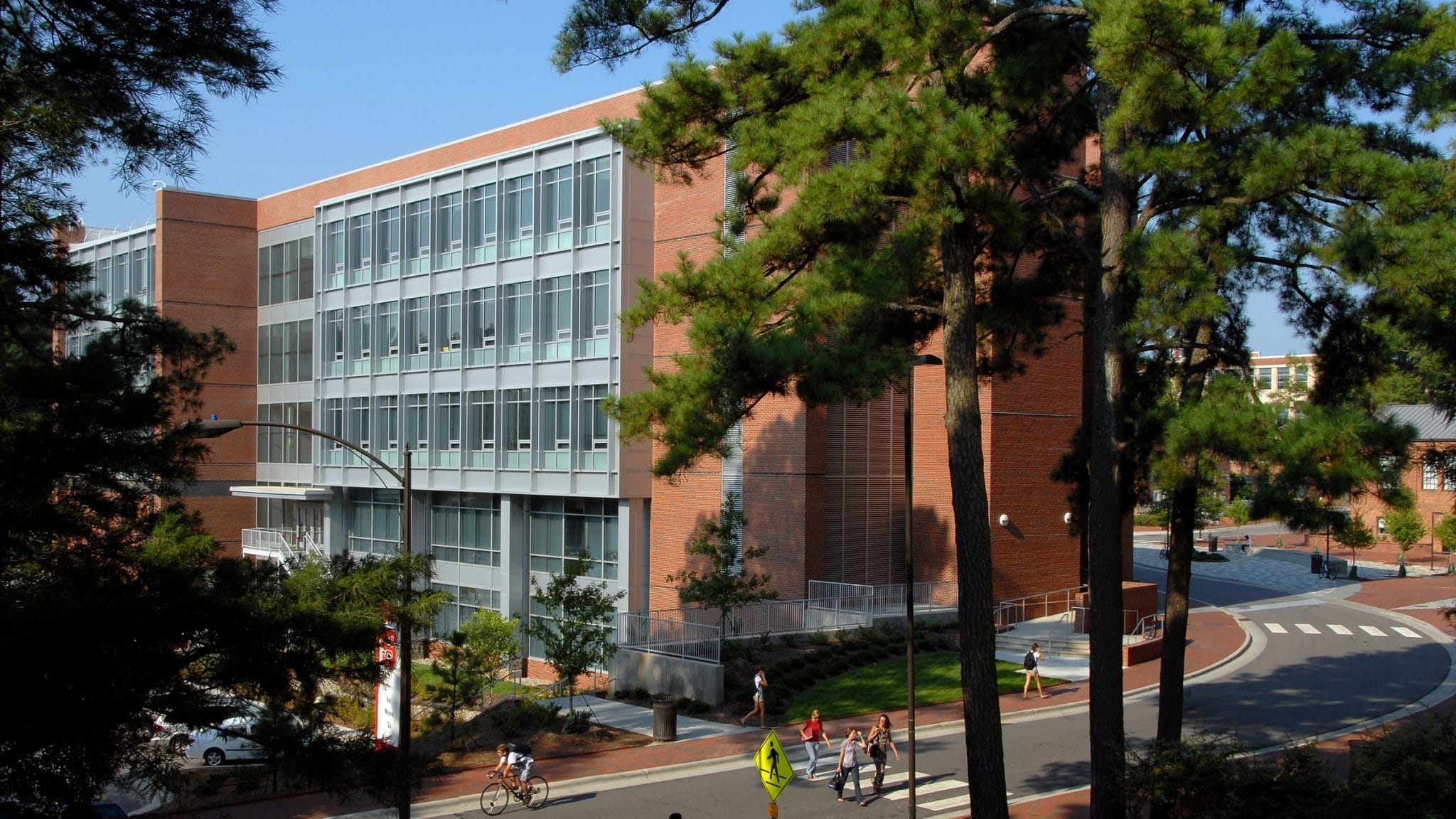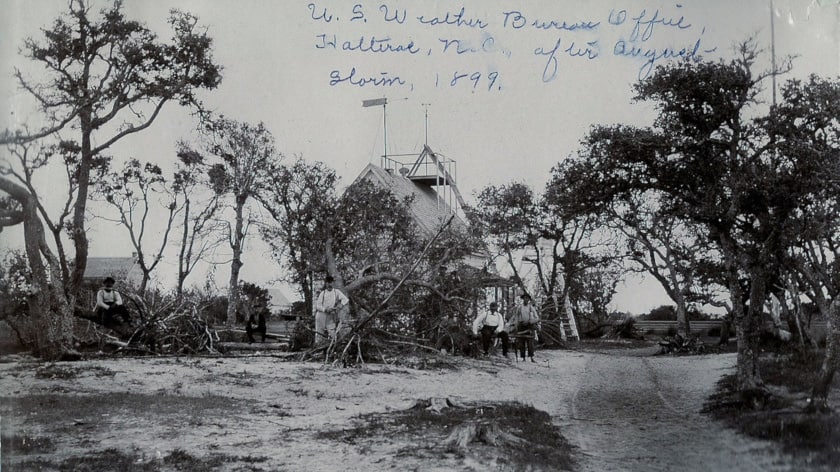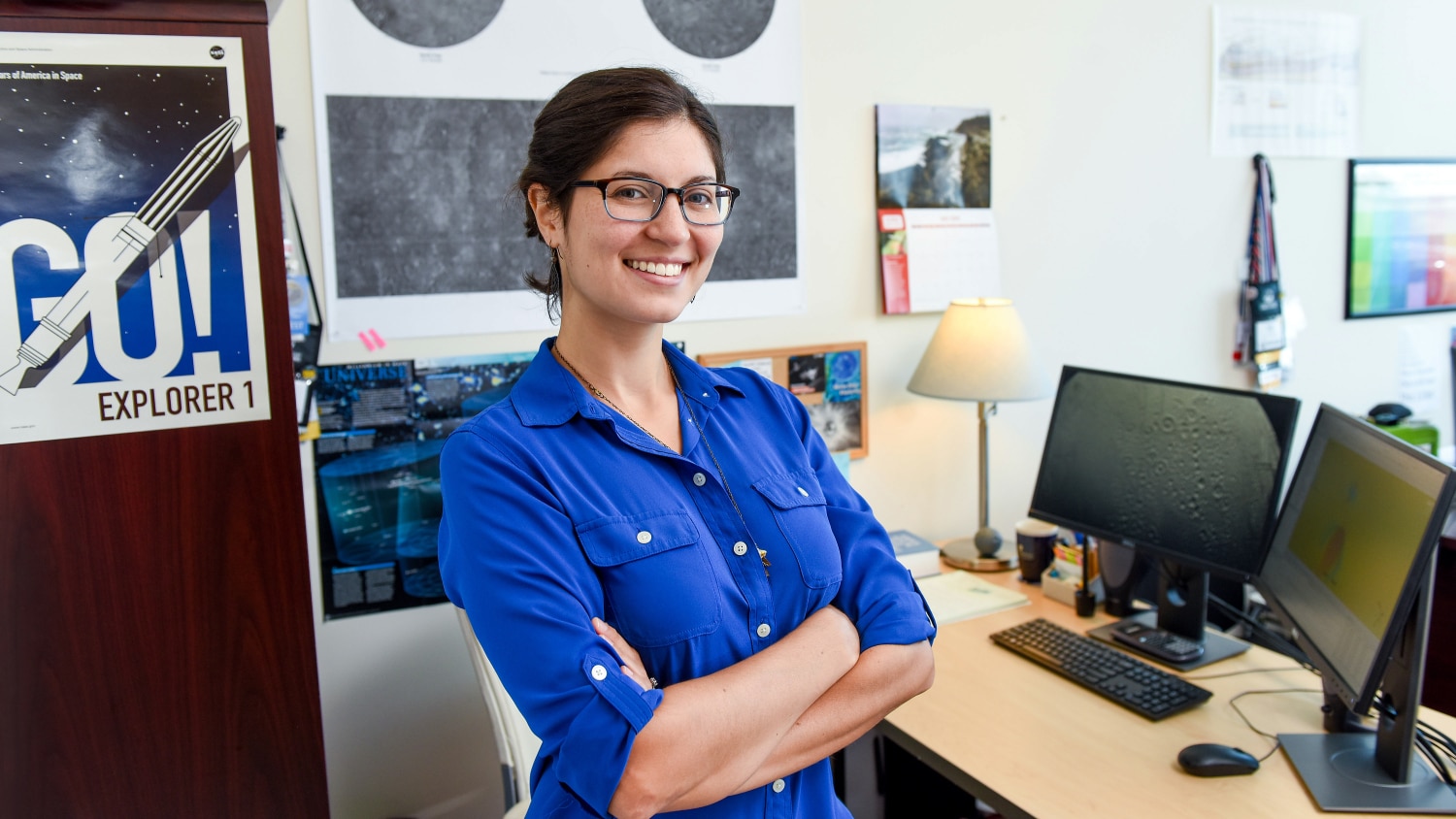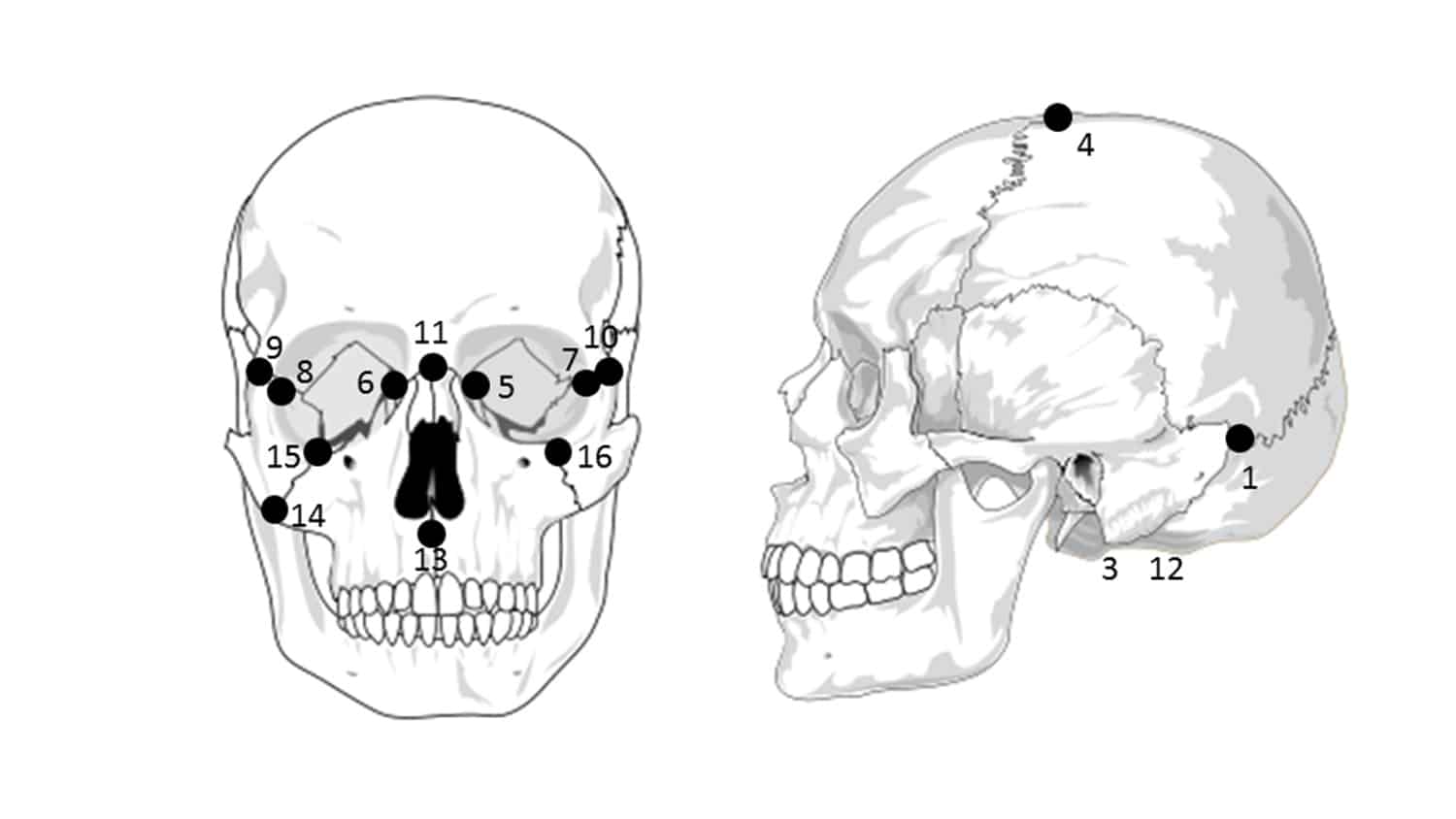Aug 7, 2019
Scientists Link Europe Heat Wave to Man-Made Global Warming
Chicago Tribune
The U.S. National Academy of Sciences in 2016 studied this new scientific method of climate attribution and pronounced it valid. Kathie Dello, a climate scientist from NC State University in North Carolina, said the study helps to pin the blame for the heat wave on climate change. “If searching for a culprit for the intensity of these recent European heatwaves, climate change is the obvious culprit,” Dello said in an email.
